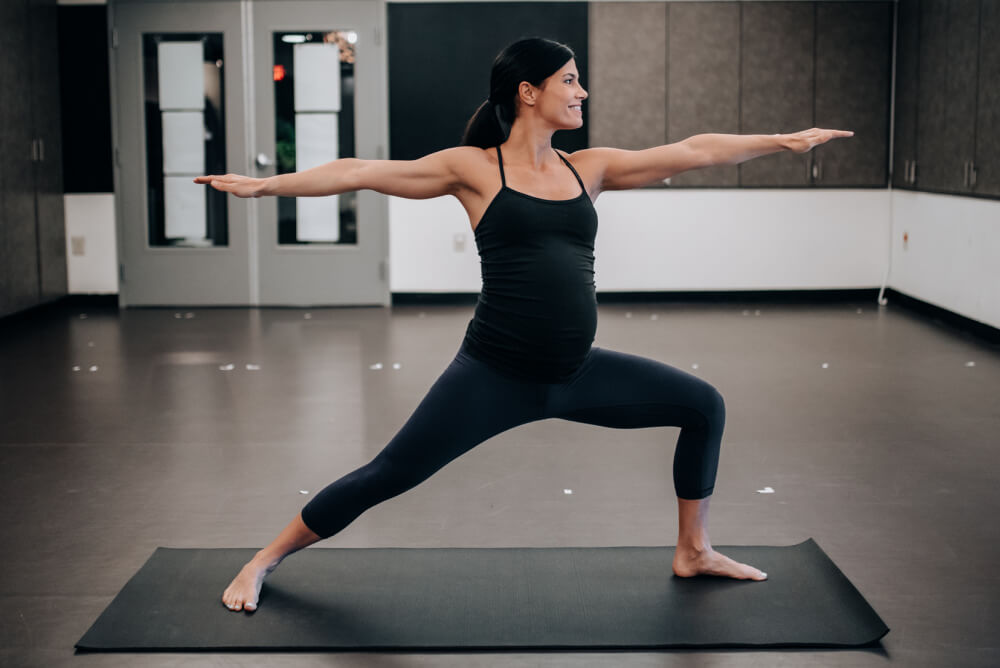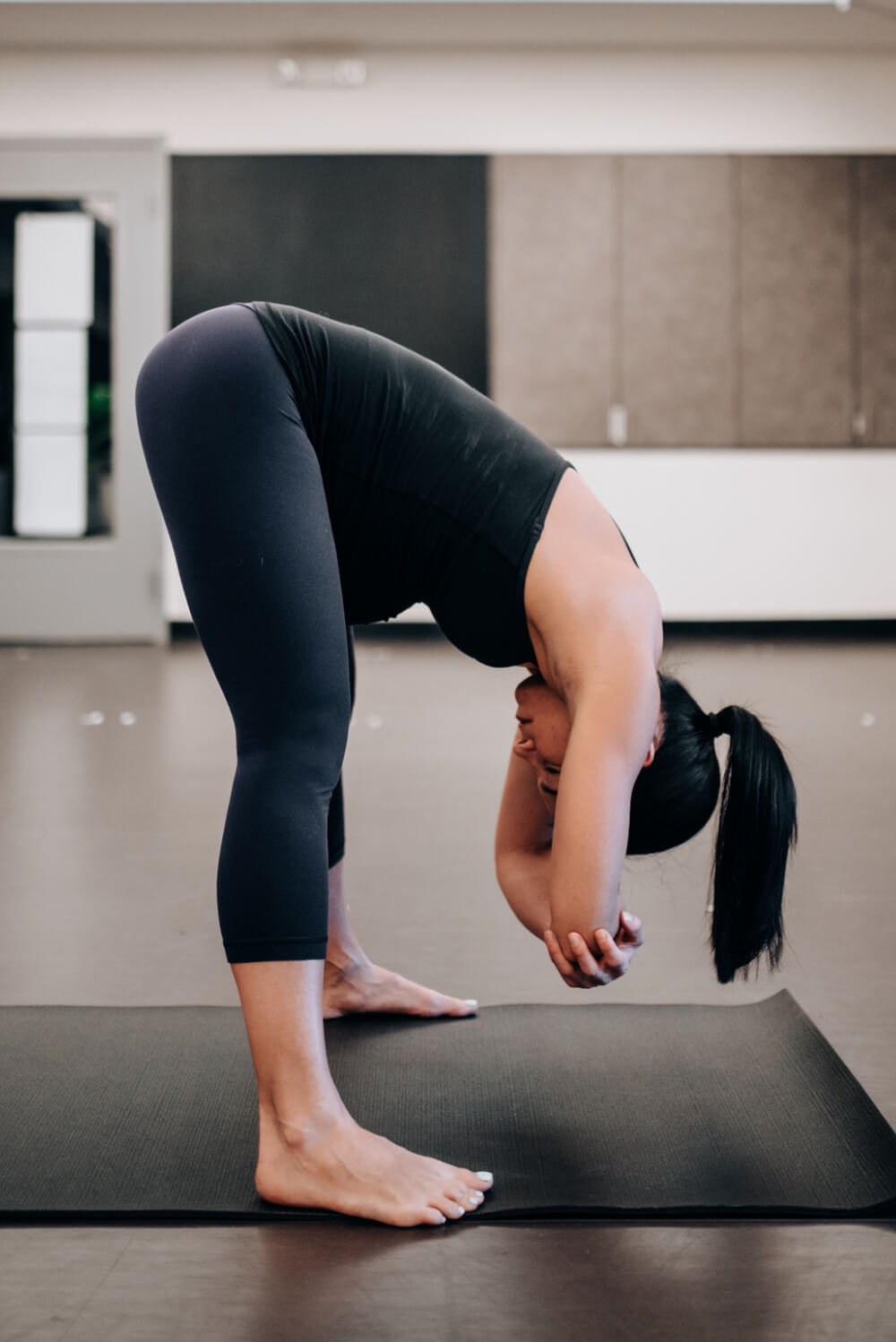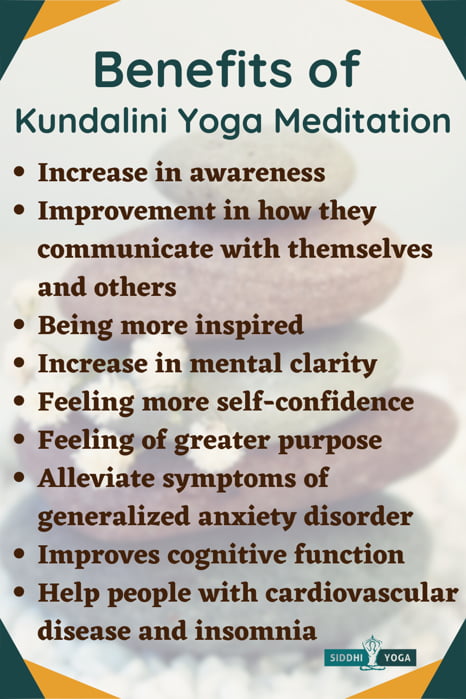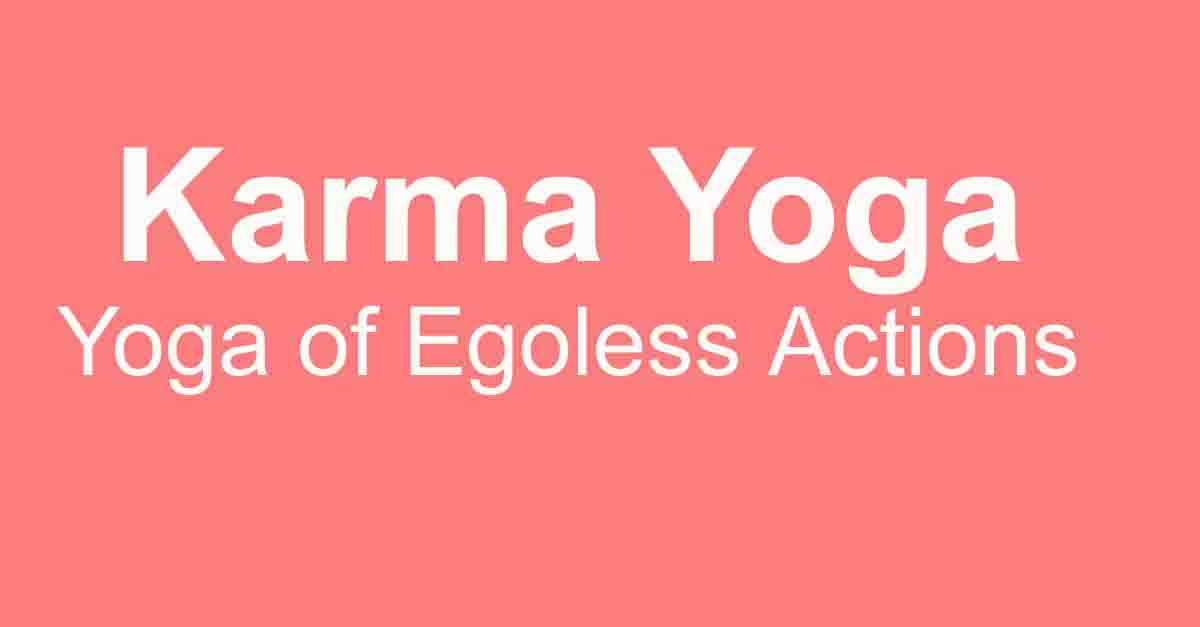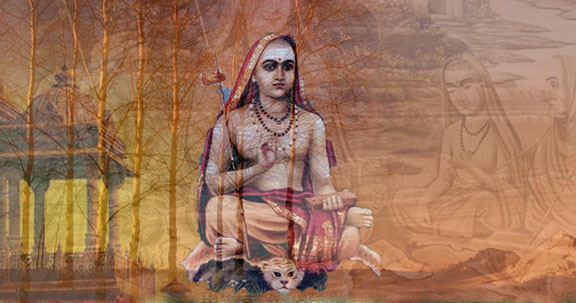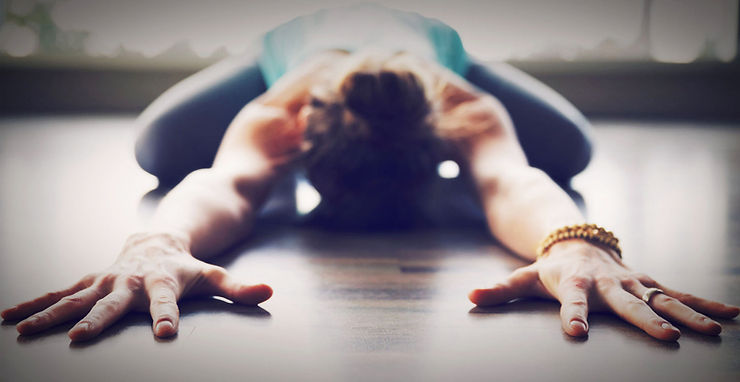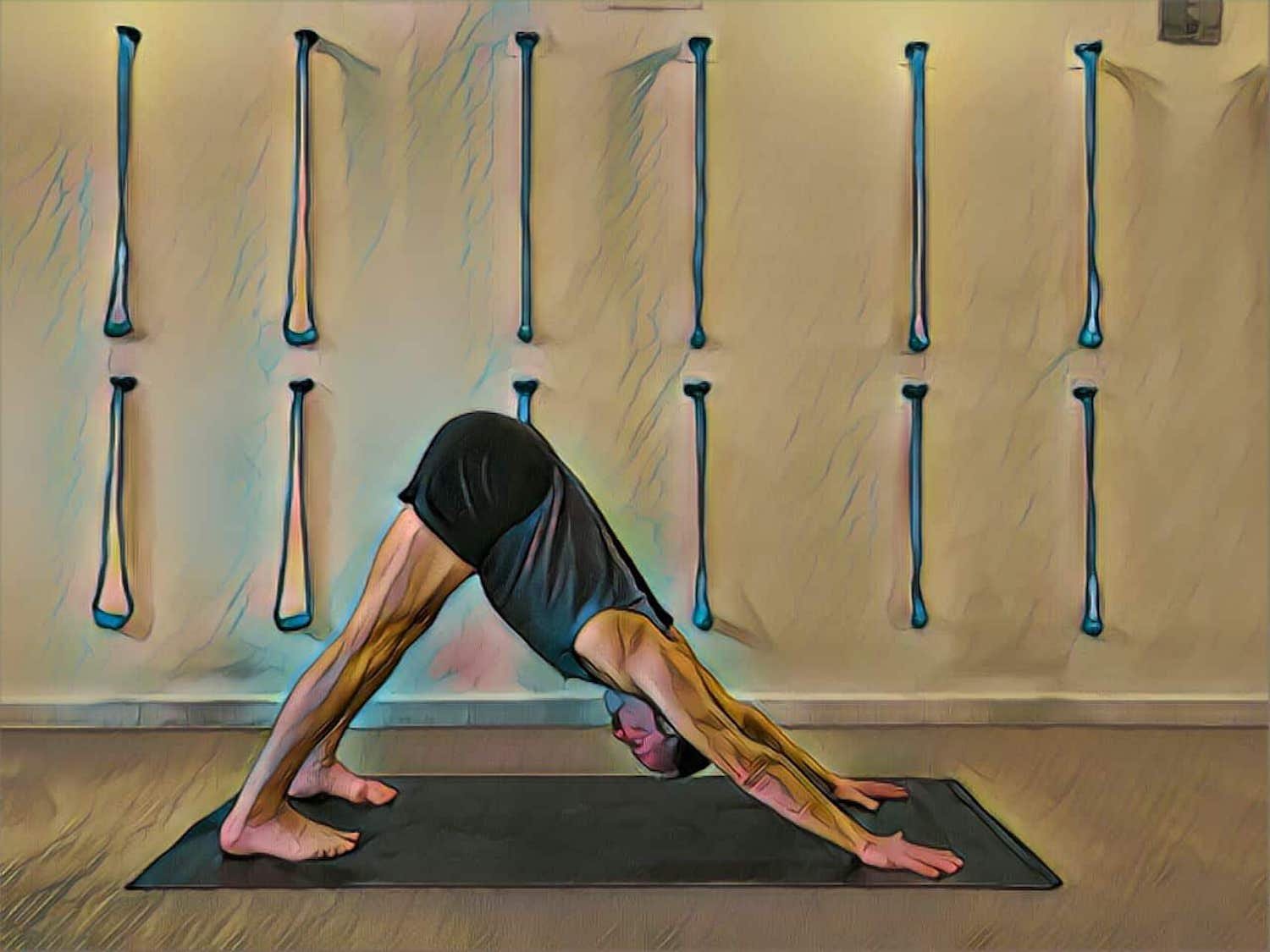Pranayama: The 4th Limb of Yoga Explained
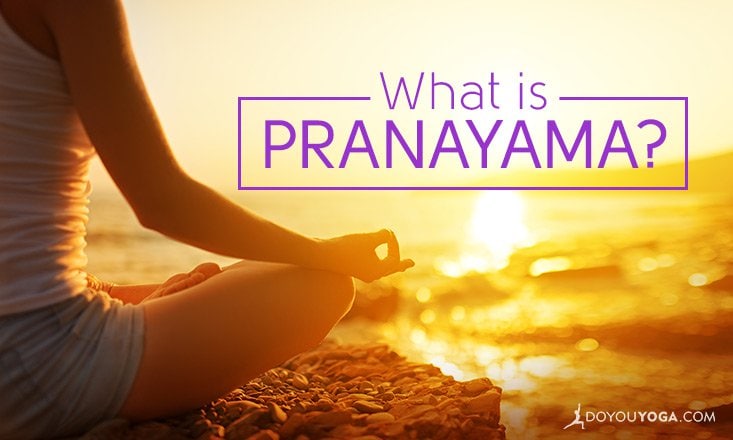
It’s not for nothing that the breath plays an important role in asana class. You begin the class by focusing on your breath, and everything kind of settles down. The day and its activities start seeming more distant, and all of a sudden there is no hurry anywhere anymore.
The breath truly is the key in moving distractions from the mind.
What is Pranayama?
Pranayama is the fourth limb of the eightfold path of yoga. Prana is the vital life force and energy that runs through our body. This beautiful energy is constantly flowing through us, and through all living beings.
My yoga teacher used to say that the quality of our breath determines the quality of our lives, and many yogis believed that the length of one’s life is determined by number of breaths, not by number of years. The deeper you breathe, the longer you can live.
Pranayama is the act of controlling and directing this energy, namely by controlling the flow of breath. Pranayama involves many different breathing techniques that aim at slightly different results.
We can use the breath to calm and balance ourselves, to energize the body and the mind, to cool or heat the body, but it always aims at promoting and maintaining our overall health.
The Effects of Pranayama Practice
When we can control the breath, we can control the mind. If the mind is anxious, usually the breath tends to be shallow and fast, which in turn sends a signal to the nervous system that something is wrong.
By focusing and deliberately guiding and con[……]

